Description
Minecraft is an excellent platform for teaching STEM (Science, Technology, Engineering, and Mathematics) concepts through hands-on activities, creativity, and problem-solving. Below is an overview of how Minecraft can be used to explore various engineering and mechanics principles.
### 1. **Basic Engineering Concepts**
Minecraft offers a simplified but effective way to introduce and explore basic engineering principles:
– **Building Structures:** Students can learn the importance of structure and stability by building bridges, houses, or even skyscrapers, understanding concepts like balance, load-bearing, and structural integrity.
– **Material Properties:** Different materials in Minecraft (wood, stone, iron, etc.) behave differently and have unique properties, which can be used to discuss material science concepts such as strength, weight, and durability.
### 2. **Redstone (Minecraft’s Version of Electrical Engineering)**
Redstone is a powerful tool in Minecraft, akin to electrical circuits, and allows players to build mechanisms that mimic real-world electronics:
– **Circuits and Logic Gates:** Students can use redstone to build basic electrical circuits, simulating switches, lights, and even complex logic gates (AND, OR, NOT). This helps to understand binary logic and how circuits work.
– **Automation:** Redstone can be used for automating tasks, like opening doors, moving platforms, or crafting systems, simulating real-world automation in factories.
– **Pistons and Mechanisms:** Redstone-powered pistons, dispensers, and other devices allow students to learn about mechanical movement and how machines work, fostering an understanding of engineering designs and mechanical principles.
### 3. **Physics and Motion**
Minecraft can demonstrate various physics principles, especially when using redstone and mechanisms:
– **Gravity:** Minecraft includes gravity effects (e.g., blocks falling, like sand or gravel), providing a simple way to teach about gravitational forces.
– **Kinematics:** Understanding motion is made tangible through the movement of minecarts, boats, or powered rails. Students can explore speed, velocity, and momentum.
– **Energy Conversion:** Players can build windmills, waterwheels, and other energy sources to understand how energy is converted from one form to another, such as mechanical energy to electrical energy.
### 4. **Geometry and Design**
Minecraft’s block-based world is ideal for learning geometry:
– **Shapes and Symmetry:** Players build structures using cubes, which can be used to study geometry concepts like surface area, volume, and symmetry.
– **Design and Proportions:** Players can work on creating visually balanced designs, teaching them about proportions, spatial reasoning, and planning.
### 5. **Problem Solving and Critical Thinking**
Minecraft provides challenges that require players to think critically and solve problems, which is essential for engineering:
– **Resource Management:** Gathering and efficiently using resources is key to Minecraft. This helps players understand optimization and efficiency in engineering processes.
– **Challenge Solving:** In survival mode, players face challenges (such as building a safe shelter or protecting themselves from mobs), promoting problem-solving and engineering thinking under pressure.
### 6. **Mechanical Engineering**
Minecraft can also be used to simulate mechanical systems:
– **Levers, Buttons, and Switches:** The use of these elements can teach how mechanical devices are controlled and activated, akin to real-world switches, levers, and pulleys.
– **Towers and Elevators:** Students can build simple mechanical elevators or mob farms using redstone, pulleys, and other mechanical components, helping to visualize concepts like lift, friction, and mechanical advantage.
### 7. **Collaborative Projects**
Minecraft promotes collaboration, which is essential in real-world engineering projects:
– **Teamwork:** Working together on large-scale projects, such as building cities, creating automated farms, or complex redstone devices, mirrors how engineers work in teams to solve problems.
– **Communication Skills:** Discussing designs and strategies in multiplayer mode teaches students how to communicate technical concepts to others effectively.
### 8. **Advanced Engineering Challenges**
For older or more advanced students, Minecraft can offer complex engineering tasks:
– **Automated Systems and Machines:** Students can build intricate redstone-powered devices like automated farms, minecart systems, or mob grinders, giving hands-on experience in automation and control systems.
– **Logic and Computation:** Minecraft’s redstone system allows for the creation of functional computers or calculators, which involves learning about binary code, logic operations, and digital systems.
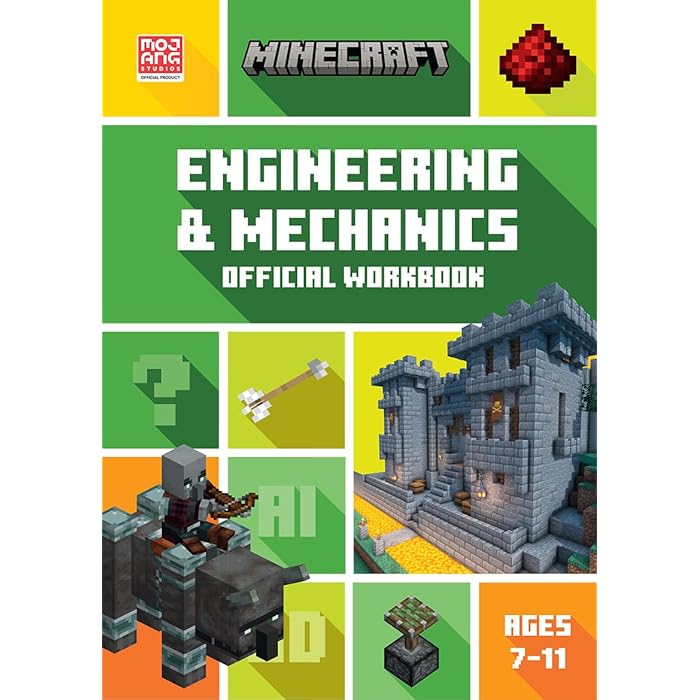
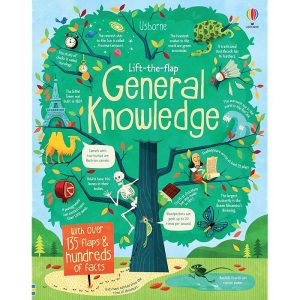
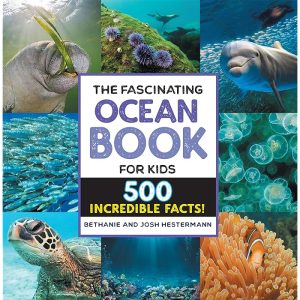
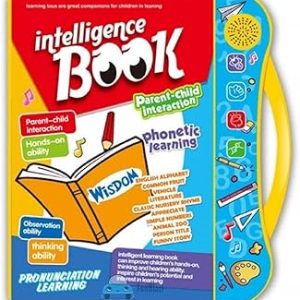
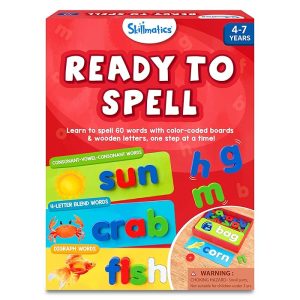
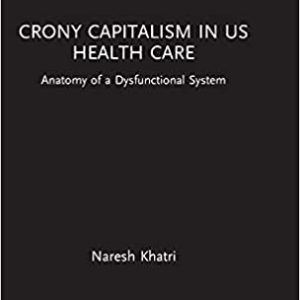
Reviews
There are no reviews yet.